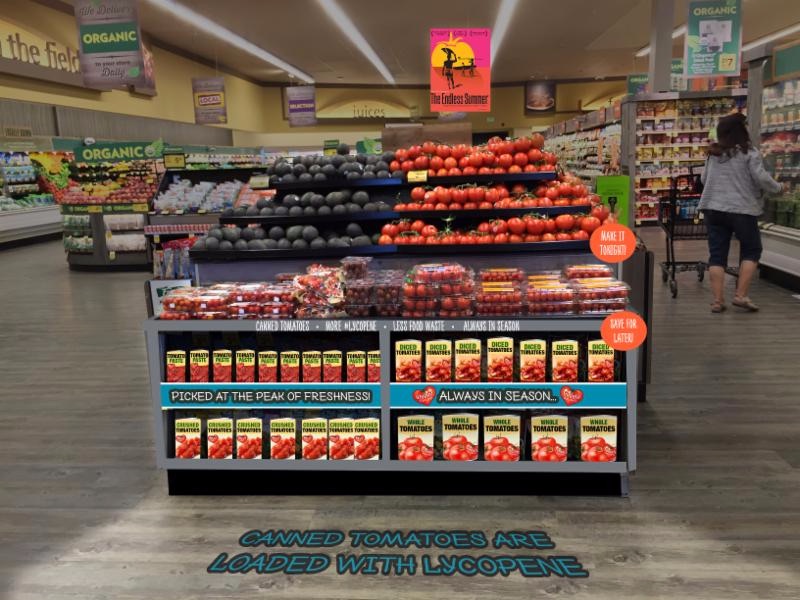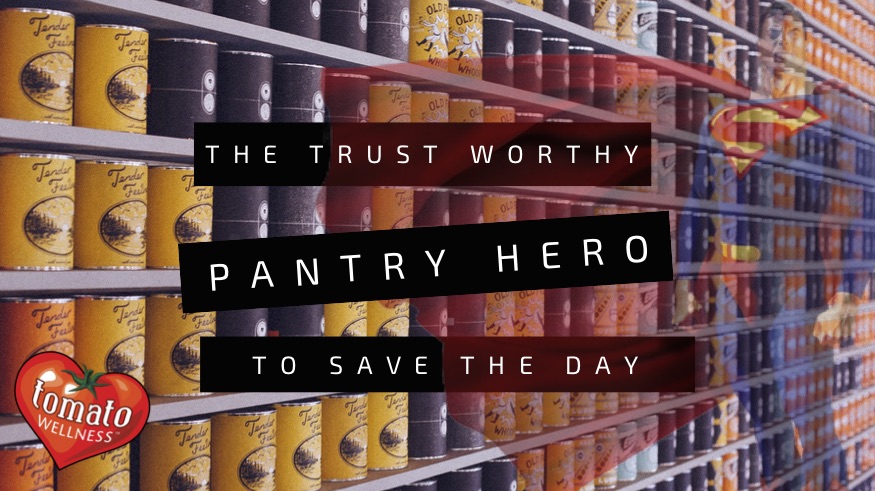Canned Tomatoes Good for Your Health, Easy on Your Pocketbook

Did you know that canned tomatoes are good for your health and easy on your pocketbook? Learn more about why they are a pantry staple favorite, and which ones you should stock up on!
Canned tomato products, ranging from whole peeled tomatoes to tomato paste, are not only convenient and economical, they all provide the health benefits of fresh tomatoes. In fact, in some cases, they are more concentrated sources of the nutrients found in fresh tomatoes, such as the antioxidant lycopene (cooking breaks down the tomato’s cell wall, releasing lycopene), blood-pressure-lowering potassium and wound-healing vitamin C—all for about one-third to one-half the cost per pound of fresh tomatoes. According to the United States Department of Agriculture, fresh tomatoes range in price from $1.29 to $3.48 per pound, while canned tomatoes average about $0.91 per pound. Tomatoes destined for canning don’t have to be beautiful so they can be harvested by a machine rather than by hand, reducing the cost. Of course, you’ll pay more for organic and imported and specialty canned products, but generally, canned tomato products are real money savers.
Here’s a guide to the most popular types of canned tomato products that significantly cut costs from your grocery budget, shave off tons of time from food preparation, and provide a real nutrition boost. And check out the delicious recipe ideas for each type of canned tomato product.
Feel free to stock up because canned tomato products last 12–18 months when stored at room temperature.
- Whole peeled tomatoes—like the name says, these are whole peeled tomatoes packed in tomato juice. They’re probably the most versatile of the tomato products. You can use them whole, dice them, or put them in a food processor or blender to make tomato puree or tomato sauce. Great in soups and stews. http://tomatowellness.com/chicken-ratatoullie
- Diced tomatoes—are chopped tomatoes and are usually packed with tomato juice and with calcium chloride to help them retain their shape. If maintaining their shape isn’t the goal in the dish your cooking up, then diced tomatoes aren’t necessary. They are available in a variety of flavors, including fire roasted for a smoky flavor. http://tomatowellness.com/easy-gazpacho-2
- Stewed tomatoes—these are tomatoes that have been cut up and cooked, usually with seasonings, like salt, sugar, or spices. Ingredients vary among brands, so be sure to read the ingredient label. If you use them in recipes calling for plain tomato products, the added seasonings may change the flavor of the dish. http://tomatowellness.com/mushroom-bean-and-roasted-pepper-chili
- Crushed tomatoes—have a texture somewhere between diced tomatoes and tomato sauce. They have a thick consistency and may contain small pieces of tomatoes. http://tomatowellness.com/mushroom-minestrone
- Tomato puree—is smoother than crushed tomatoes, but maintains a thick consistency, but not nearly as concentrated as paste. It can often be used in place of crushed tomatoes. http://tomatowellness.com/artichoke-turkey-pizza-2
- Tomato sauce—has a pourable texture and may have spices, such as garlic, oregano, onion powder, or basil added. If you’re cutting back on salt, no-salt-added varieties are also available. http://tomatowellness.com/crimini-and-pork-albondigas-meatballs-with-chipotle-tomato-sauce
- Tomato paste—is easily identified because it comes in small 6-ounce cans and is the thickest of the canned tomato products. Add water and you’ve got tomato sauce. It also comes in flavored varieties, from pesto to roasted garlic. http://tomatowellness.com/bean-stew-with-chicken-sausage-2


